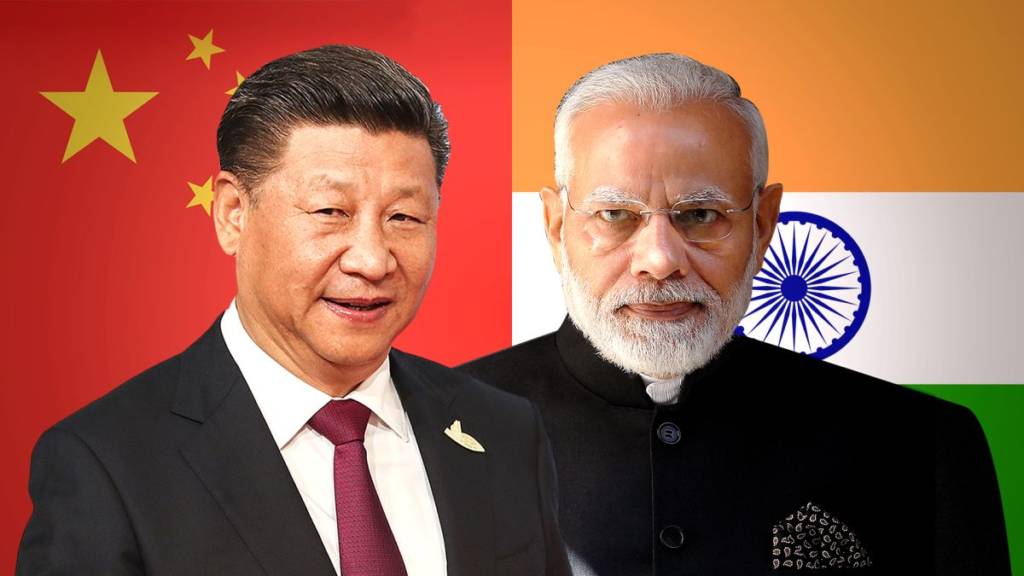The ongoing military stand-off between the Indian Army and the Chinese People’s Liberation Army (PLA) is showing no real signs of de-escalation. Despite two rounds of dialogue at the Corps-Commander level, disengagement hasn’t really happened.
Meanwhile, India is standing its ground. The Indian side has made it clear that status quo ante will have to be restored and China cannot create a new normal at its India frontier.
A senior official has been quoted by HT as saying, “The border situation continues to be dynamic and it is for the PLA to restore status quo ante after it unilaterally tried to change the ground situation over the last month in violation with the existing agreements and confidence-building measures.”
The Modi government is clear about the fact that there can be peace and tranquillity if the PLA goes back to its earlier positions. India is being reasonable on the diplomatic table, but firm on the ground.
The Indian Army Engineers have managed to build a key bridge over the Galwan Valley, whose construction was one of the main causes behind Chinese aggression in Eastern Ladakh.
The 255-km long Darbuk-Shyok Daulat Beg Oldi (DSDBO) road is now being connected to patrolling posts. India is augmenting its capacity to carry troops on short notice, so that any Chinese misadventure at the LAC is matched with sufficient firepower.
India is preparing itself for the possibility of a unilateral action from China and long-range weapons have been deployed along the 3,488 km-long Line of Actual Control (LAC) between India and China.
This followed Beijing’s attempts surface-to-air missiles (SAMs) in China occupied Ladakh, which is called Aksai Chin by China.
According to ANI, India has also moved its quick-reaction surface-to-air missile defence system to the Eastern Ladakh sector.
The New Delhi-based news agency has quoted government sources as saying, “As part of the ongoing build-up in the sector, the air defence systems of both Indian Army and the Indian Air Force have been deployed in the sector to prevent any misadventure by the Chinese Air Force fighter jets or the People’s Liberation Army choppers there.”
According to ANI, sources have also said that India is going to get a highly capable air defence system from a friendly country very soon, which can take care of the entire area and handle any enemy flying into the region.
India has thus put its foot down by mobilising assets in the crucial sector. New Delhi is also likely going to get help from a friendly country to acquire technology for high-altitude warfare. On the face of it, it seems that it could be either Israel, Russia or the US which might step into a limited armed confrontation between India and China. The S-400 Triumf missile system is already being purchased from Russia. However, Israel also cannot be ruled out.
As a matter of fact, Israel is a true friend that genuinely wants to help India. Even during the Kargil war in 1999, Israel had helped India win the air war against Pakistan. Tel Aviv had provided us with key equipment.
The Jewish country provided laser-guided missiles for the Mirage 2000H fighters of the Indian Air Force (IAF). This helped India provide air support to ground troops in perilous conditions.
